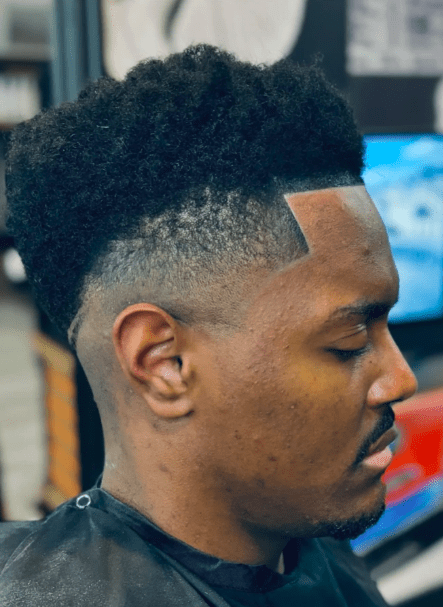Essential Hygiene Practices All Barber Must Avoid for Maximum Client Protection
Essential Hygiene Practices All Barber Must Avoid for Maximum Client Protection
Blog Article
Maintaining proper sanitation is essential for all field which entails direct interaction with clients, particularly in the barbering field. Barbers hold an important part in helping people look and become the finest, but this duty entails alongside the need for rigorous hygiene protocols. For the well-being of clients and barbers together, there are numerous essential sanitary practices that should be prevented. Recognizing these practices may help ensure a clean and safe setting in barbershops.
One of the most frequent sanitation errors barbers should prevent is the recycling of individual grooming tools without proper cleaning. Instruments such as scissors, clippers, and brushes can hold germs and pathogens if they are not sterilized after every application. Barbers should always disinfect their tools with suitable cleaners or cloths after clients. Failing to do so might result to the transmission of diseases, which can have grave implications for clients. Establishing a routine for cleaning and sanitizing tools is not just a best protocol; it is a vital aspect of maintaining a safe work environment.
Another habit to prevent is overlooking to wash one's hands consistently. Barbers engage with various customers in a single-day shift, and their skin can easily pick up germs and viruses. It is crucial for stylists to wash their hands meticulously with detergent and liquid prior to and following every customer. Additionally, using skin look at this now sanitizer can be an effective way to additionally minimize the spread of germs. Neglecting this step can endanger customer safety and may lead in diseases or illnesses that could have been easily avoided.
Proper sanitation of the barbershop setting is also vital. Barbers should avoid ignoring surfaces that are frequently touched, such as seats, work surfaces, and lounge area chairs. These areas should be disinfected and sanitized regularly to reduce the risk of cross-contamination. Creating a cleaning routine can assist stylists copyright a sanitary setting. This protocol not only protects customers but also improves the general atmosphere, making clients feel more comfortable and valued.
Moreover, stylists should refrain from utilizing products that have not been stored or handled correctly. Cosmetic items such as gels, sprays, and serums can turn tainted if they are kept open or improperly stored. Get More Info It is important for stylists to examine use-by dates and to store products in a cool, arid environment. Throwing away any outdated or suspicious products is vital to guarantee client safety. Utilizing tainted products can lead to dermal reactions or hypersensitivity responses, which can tarnish a barber's credibility and injure customers.
In, barbers have a responsibility to maintain high levels of hygiene to ensure the safety and health of their customers. By avoiding the recycling of unsterilized tools, neglecting hand hygiene, ignoring environmental cleanliness, and utilizing inappropriately stored products, stylists can establish a safe and welcoming environment. Recognizing and implementing these essential hygiene practices not only safeguards customers from infections but also cultivates confidence and faithfulness. A clean barbershop is a successful barbershop, in which both barbers and clients can experience assured and safe.